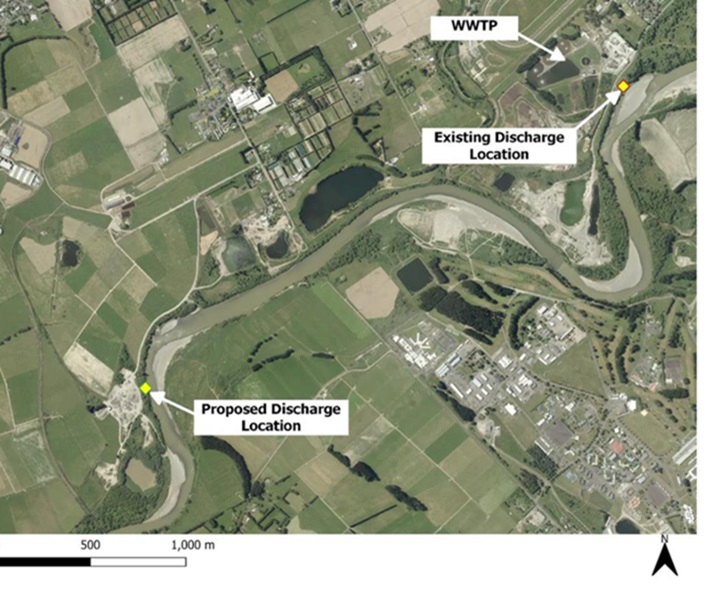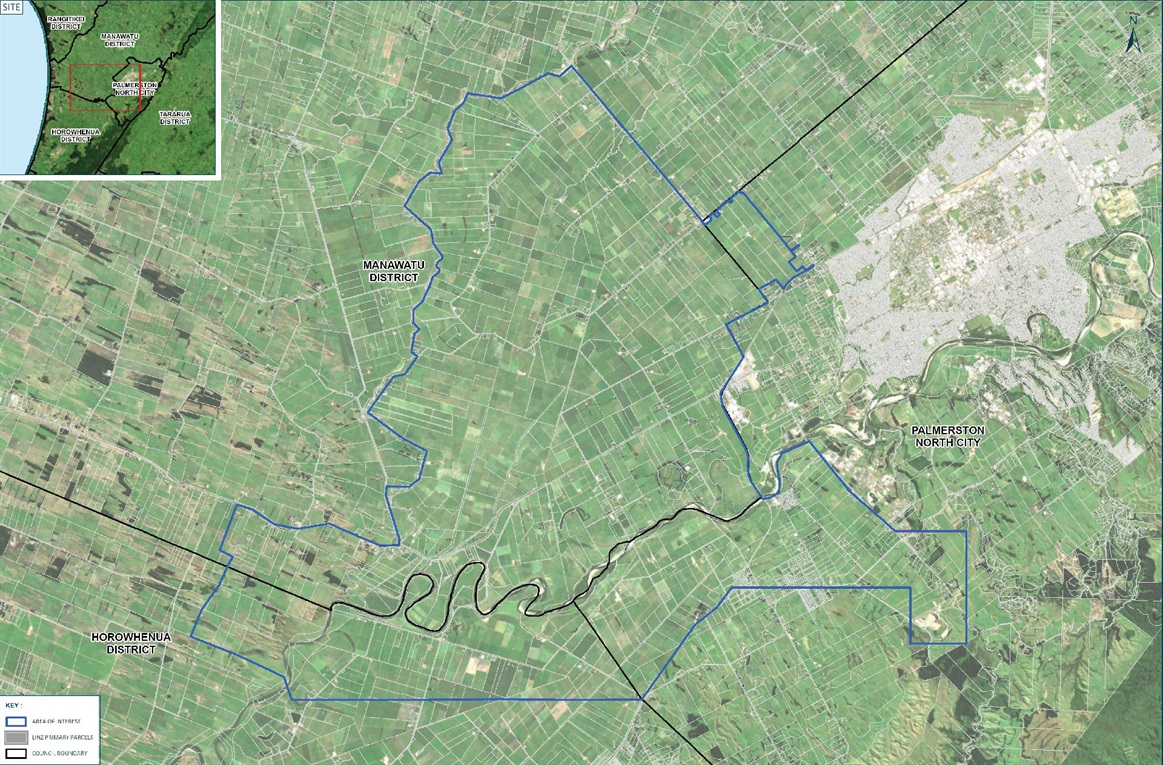Our application is for consents to discharge highly treated wastewater from the upgraded wastewater treatment plant to water, land and air, and for a new river discharge structure.
There are two significant new steps to our treatment:
- removing nitrogen, which can at high levels affect plant and freshwater life in our awa (river.)
- introducing microfiltration, which would enable us to remove particles as small as 0.04 microns, which are smaller than the human eye can see, and includes things like bacteria and viruses.
On top of existing treatment processes, this ensures our treated wastewater is so well-treated it can be considered a resource for other purposes – like growing crops, irrigation or watering land. It is still a couple of treatment steps away from drinking water though, so it couldn’t be used for that.
Discharge to river summary
We currently discharge to the Manawatū River all the time, but we’re proposing to do this less frequently in the future.
We’re proposing that the treated wastewater (or resource water) would be diverted to land when the river is running at low levels, which we typically see in summer. The reason for that is that when river levels are lower, the impact of adding the treated wastewater has more of a chance of having a negative impact on freshwater plants or species.
Currently the treated wastewater, after four days of treatment, enters the river close to our treatment plant on Tōtara Road. In our consent application, we explain that we’re planning on moving that discharge point to around 4km downstream, close to Walkers Road.
We’re proposing to move the pipe downstream for a few reasons. The first is that the river is deeper and flowing faster at that area, which means the treated water mixes with the river water more effectively and efficiently. That part of the river also hasn’t changed much over the past century. The final reason is we’re planning on rezoning land to allow for more housing in the western parts of the city and this means that the discharge structure wouldn’t be close to residential areas. We’ve discussed this location with Rangitāne and with Horizons’ engineers.

Despite high treatment quality and some wastewater to land, we recognise there are still residual negative effects on the mauri of our awa. Instead of an engineered treatment wetland like we’d earlier considered, Rangitāne advises that offsetting the residual effects on the mauri of the awa is more appropriate and another part of the awa environment should be restored.
A location for this hasn’t been confirmed and will continue to be worked on as part of the adaptive management strategy.
Discharge to land summary
We’re going to seek a global consent for the land discharge, which is an approach used for other types of infrastructure projects. This means we are saying that we have identified an area of land that we believe can be used for the discharge of wastewater, rather than specifying certain sections of land. This area can be seen in the image below.

For irrigation you need soil that drains well. Soil testing in the area we’ve identified has confirmed there are the right soil types for discharging wastewater. For the volume of treated wastewater/resource water to be discharged, we will need between 500 and 1,200ha of land, and extra to provide setback from sensitive activities and resources such as rivers, lakes and streams, houses, schools, marae etc. This would be the largest land discharge area in New Zealand.
There are a range of options for how the land discharge could work – this could include purchasing the land, leasing the land and us managing the operation, or contracting it to the landowner to do it.
Until we identify land for the discharge, we cannot determine how the resource water could be used – irrigating crops, for example.
Adaptive management summary
Our reasons for having adaptive management be part of our consent application are based on three key objectives:
- reducing the amount of wastewater being discharged into the river and the restoration of natural awa landscapes
- enhancing the quality of the treatment of the wastewater over the consent period
- looking at the wastewater as a resource.
As part of our consent application, we have provided an example of an adaptive management strategy, but the actual strategy will be confirmed once the consent has been approved.
Council and Rangitāne will lead the development of the strategy, but other parties could also play roles.
Things that could be included are:
- reducing the amount of wastewater entering our plant
- diverting more wastewater to land if we reuse water – then potentially diverting more wastewater from both the awa and land discharge sites
- using the water in other non-drinking ways, eg, for industrial purposes
- looking at new or emerging treatment that could enhance the treatment.